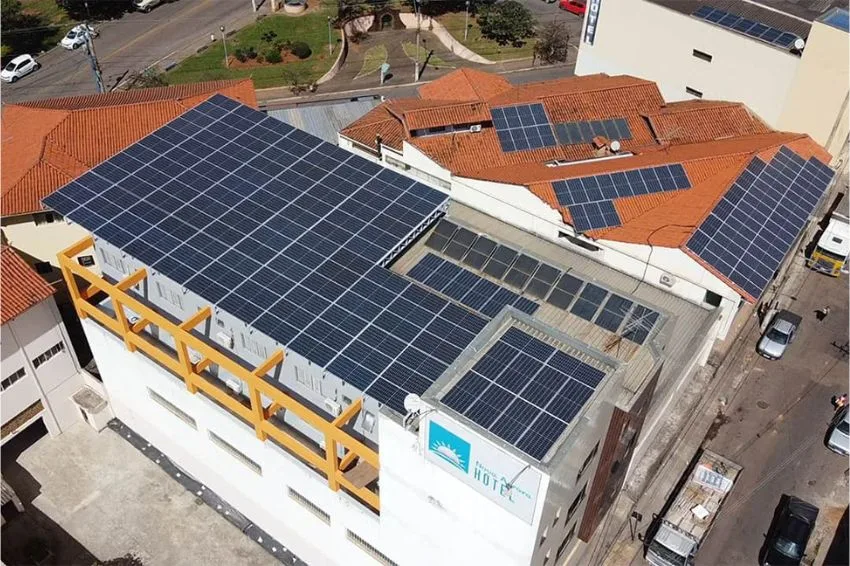The dealership North Energy, owner of the Belo Monte plant, plans to build a solar park inside the plant, located on the Xingu river, in the region of Altamira (PA)
The project is another alternative to expand the plant's energy generation and plans to serve 300,000 people.
Considered the largest Brazilian plant, with 11,233 MW of power, the Belo Monte plant has a limit in its energy production.
Conceived in the 1980s, its works have been interrupted several times since construction began in June 2011. Protests and occupations were carried out by indigenous people and environmentalists, in addition to interventions by the Federal Regional Court and the Public Ministry.
Norte Energia, a group made up of several companies involved in the construction of the Hydroelectric Power Plant, is studying the possibility of installing the solar plant in Vila Residencial, a place built to house workers during the plant's construction phase.
Because of this, the project has already been sent to ANEEL (National Electric Energy Agency) and awaits the grant in question. The plan is for this new solar park to reach a power of up to 137.48 MW.
Since 2010, the concessionaire has had a period of 35 years to explore the Belo Monte hydroelectric plant. After 12 years and more than R$ 40 billion invested in works, the construction of a solar park is another attempt by Norte Energia in search of other sources of income.
Every year the Belo Monte plant is shut down for several months as a result of the low volume of water that passes through the Xingu River during the dry season. The situation is so aggravating that energy generation plummets to around 300 MW in months like August, September and October.
This forces the shutdown of Belo Monte's main powerhouse, and increases the risk of its turbines being damaged, due to the low volume of water.
















